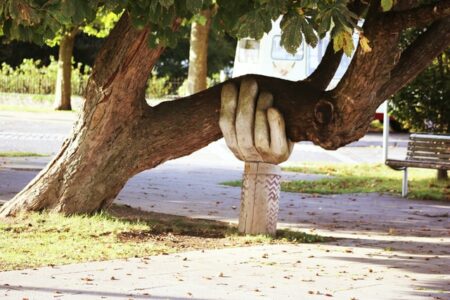The challenge of any wealth advisor is to build a healthy portfolio tailored to each client’s unique needs and goals. Many focus their efforts on the need for financial assets such as equities for their low risk and easily liquidity. It’s no surprise then that many people, even those of high net worth, are often unaware of the true value of their physical assets and what’s needed to maintain them. As a result, they may be missing out on opportunities, literally right under their noses, to preserve and grow their wealth.
Of course, every investor needs a balance of financial and physical assets. Some physical assets – real estate, for example – are not always helpful if you need to raise cash quickly. You may find yourself trying to sell a home in a buyer’s market and have to reduce the price accordingly. Even if you get the amount necessary to deal with your particular situation, you still come out the losing end of the transaction.
In addition, most physical assets require regular, costly maintenance in order to retain their value. This is true of machinery and other items used for business, as well as personal assets such as properties and art or other collectibles. If neglected, they become write-offs or just a bunch of stuff to be carted off the next time you redecorate. However, if properly maintained, the same collections can actually grow in value and be an excellent way of preserving wealth for your heirs.
And let’s not forget that incalculable value of our physical assets – the enjoyment and/or sentimental value they bring to our lives. Whether it’s a waterfront home or the Lamborghini that hugs the hairpin turns, these items make all our work worthwhile. These emotional ties are also important to consider when it comes to the transfer of wealth. Our children and grandchildren will be much more attached to the summer home they visited throughout their lives than a stack of financial documents, and therefore much more invested in its care.
There are no hard and fast rules when it comes to building your wealth portfolio; each individual or family needs to find the balance that is right for them. For every principal, the key is to step fully into the wealth management role – this means not only engaging trusted advisors and other experts as needed, but utilizing all tools at their disposal so that can keep abreast of all their assets and value fluctuations, and communicate that information to those who will one day be responsible for them.





